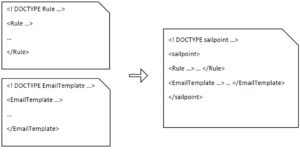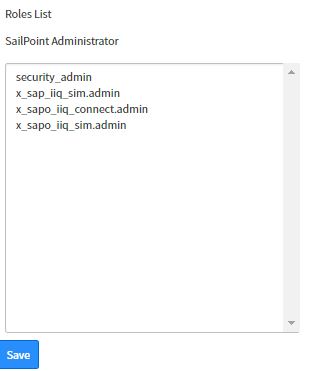In an enterprise, a large number of privileged accounts are spread over various applications and systems. These accounts have higher authorizations and hence need to be handled with higher security. CyberArk‘s Privileged Account Management solution is targeted at achieving this.
In SailPoint IdentityIQ, accounts can have the highest privilege in form of the ‘System Administrator’ capability. The ‘spadmin’ account that comes out-of-the-box is configured to have this privileged access. This account, if managed by the CyberArk PAM solution, improves safety of the IdentityIQ environment.
The following presentation discusses this use case and how it can be implemented using CyberArk PAM:
The following video demonstrates the use-case in action for verifying and changing spadmin password from CyberArk and initiating privileged sessions:
https://www.youtube.com/watch?v=4qRujyxiUBM

